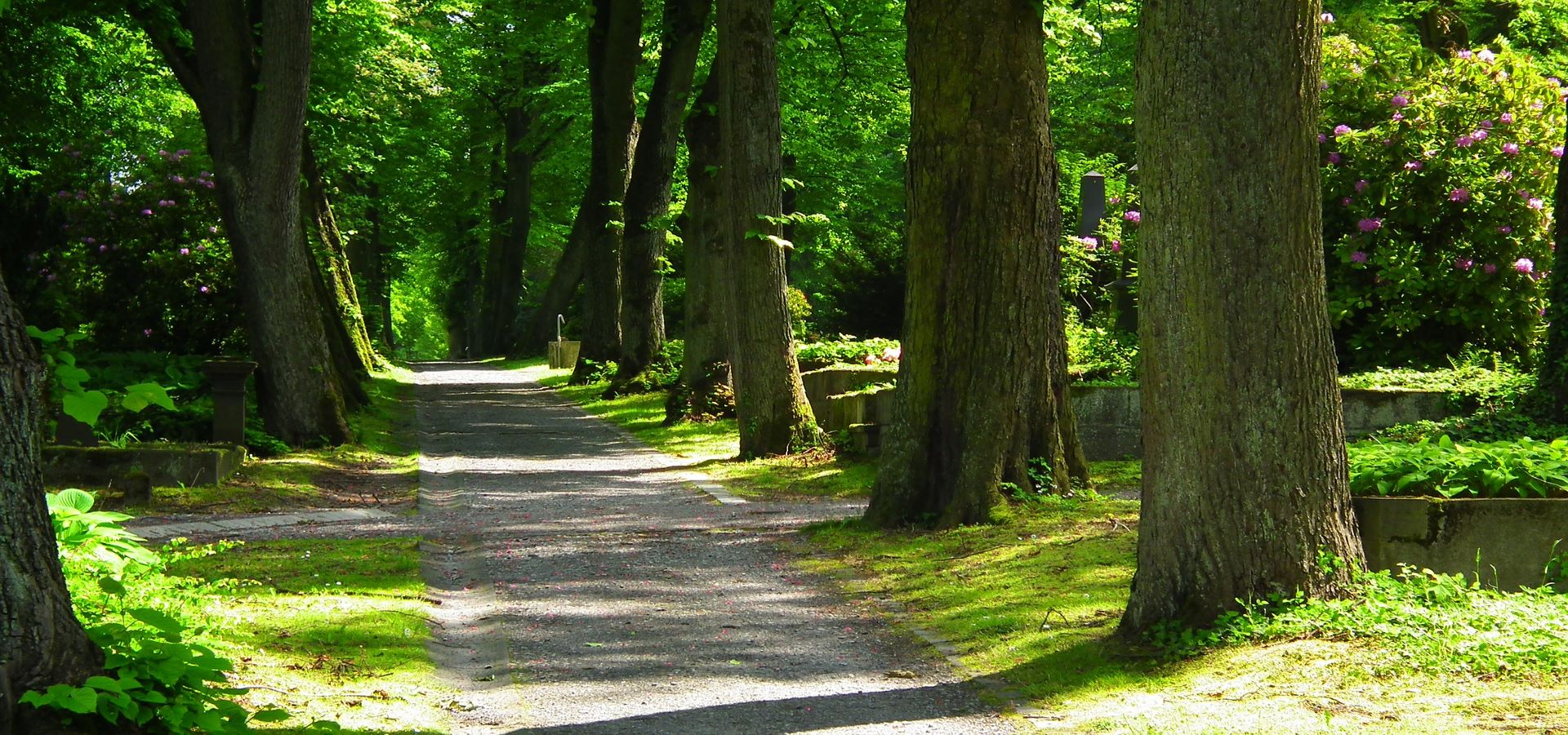Children who live closer to green spaces, such as parks and public gardens, demonstrate better cognitive performance at 10 years of age. The conclusion comes from a study by the Instituto de Saúde Pública da Universidade do Porto (ISPUP) that sought to understand the importance of exposure to green and blue spaces (sea and rivers) in the cognitive development of children.
Several articles have already shown that contact with nature can play an important role in cognitive development, most likely because natural spaces are associated with lower levels of stress and pollution and greater socialisation as well as increased physical activity.
However, no study had, until the publication of this ISPUP article, considered the role of exposure to blue spaces on children’s intelligence, or included a wide variety of indicators of exposure to green spaces (gardens, parks, vegetation) throughout life in its analysis.
“With this work, we sought to fill some existing gaps in the literature regarding this association,” explains Diogo Almeida, first author of the article, published in the journal Science of the Total Environment, and coordinated by ISPUP researcher Ana Isabel Ribeiro, founder and coordinator of the Health and Territory laboratory, of the associated Laboratory for Integrative and Translational Research in Population Health (ITR), coordinated by ISPUP.
To assess whether there was a relationship between green and blue spaces and children’s intelligence at 10 years of age, the authors conducted a longitudinal study including 3827 Portuguese children, residents of the Metropolitan Area of Porto, and participants in ISPUP’s Generation XXI cohort.
The researchers measured vegetation density using satellite images and the pedestrian distance from the children’s home and school to the surrounding urban green spaces and blue spaces, over time – at birth, and when the children were 4, 7 and 10 years old.
The participants’ Intelligence Quotient (IQ) was measured at age 10 using the Wechsler intelligence index.
And what did they conclude? Children who lived up to 800 metres away from public green spaces, such as parks and gardens, were found to have a higher IQ at age 10.
The authors did not find an association between intelligence and exposure to blue spaces.
For Diogo Almeida, “this study reinforces the importance of green spaces in the cognitive development of children. It would be significant, in terms of urban planning, to consider improving the availability of green spaces, especially near residential areas. This could benefit children’s intelligence and be reflected in healthier, more competent adults”.
The research, titled Residential and school green and blue spaces and intelligence in children: The Generation XXI birth cohort, in which ISPUP’s Henrique Barros also participated, was developed within the scope of the Generation XXI cohort and under the EXALAR XXI project, financed by the European Regional Development Fund (FEDER), through the Competitiveness and Internationalisation Operational Program, and by national funds through the Fundação para a Ciência e Tecnologia (FCT).
Image: Unspalsh/Markus Spiske



